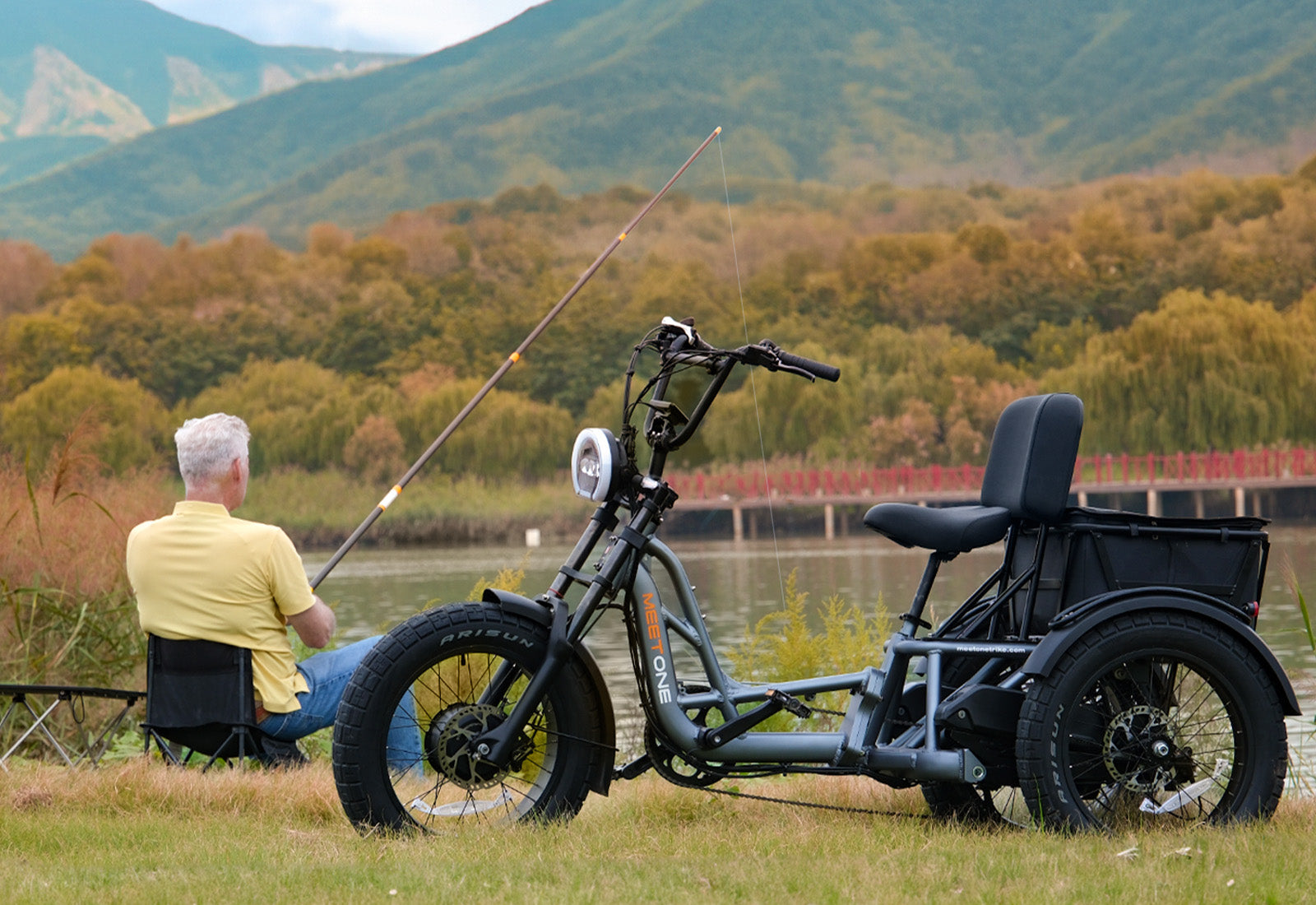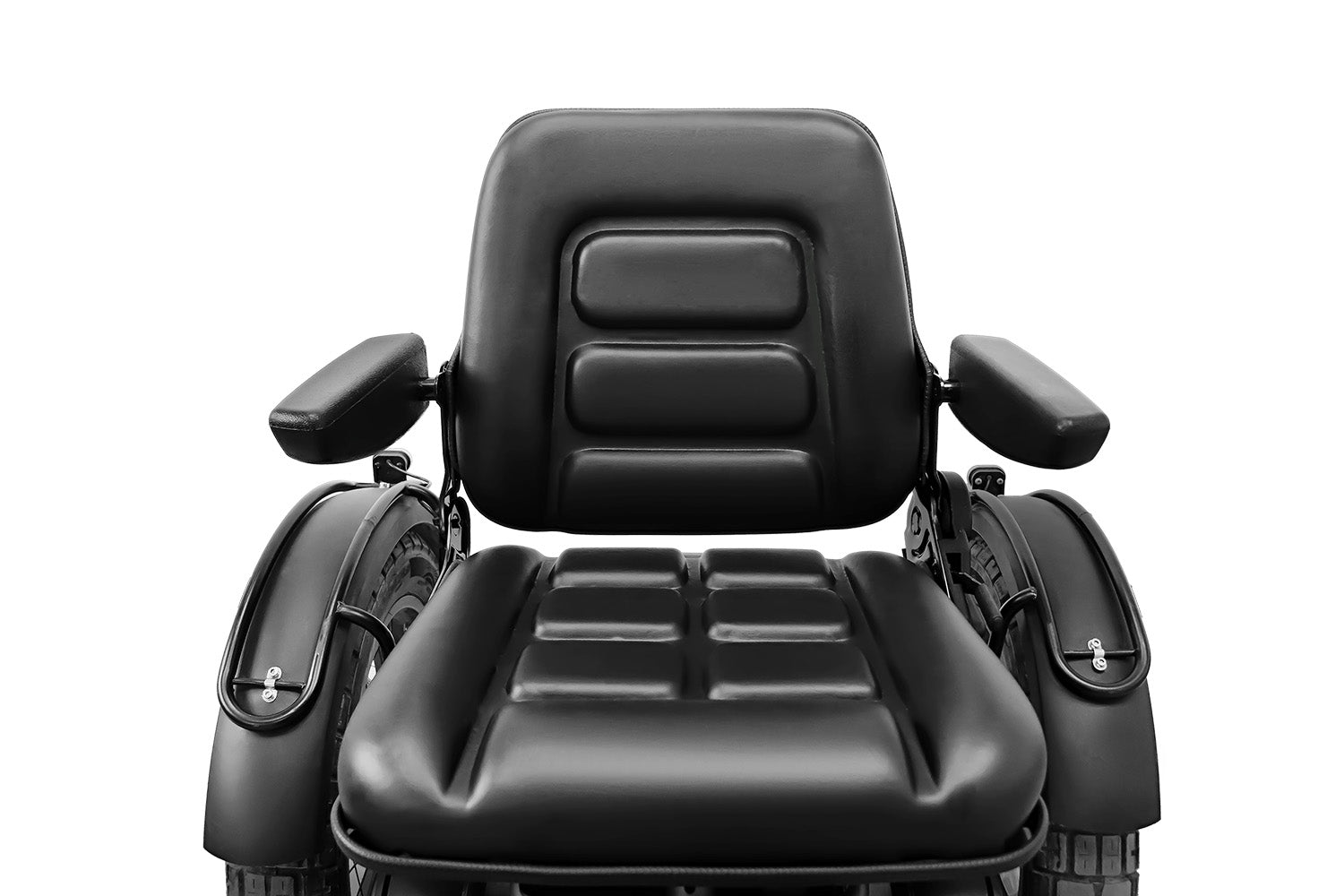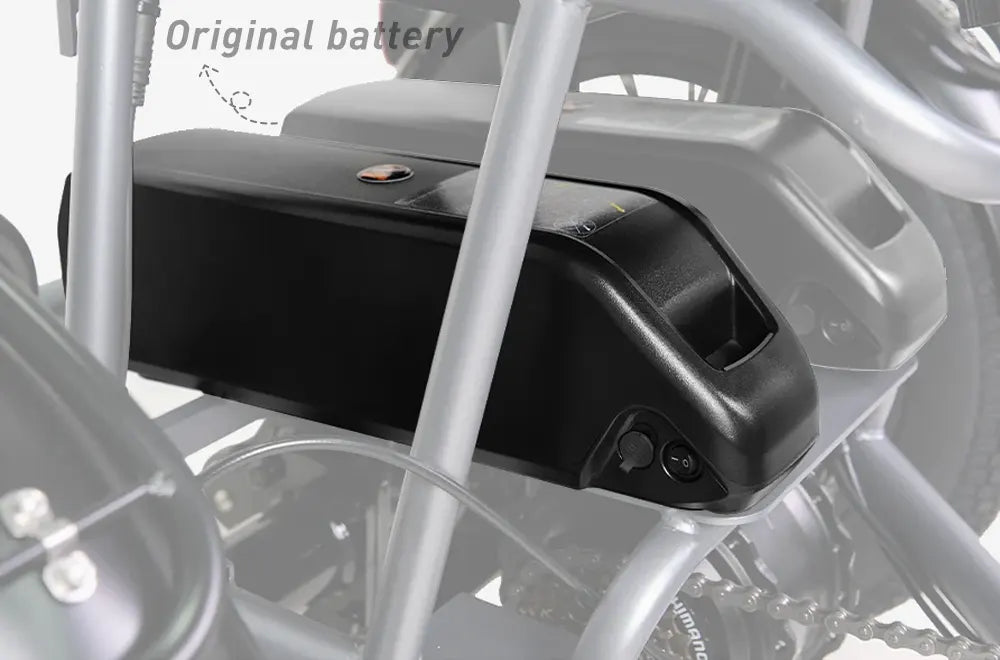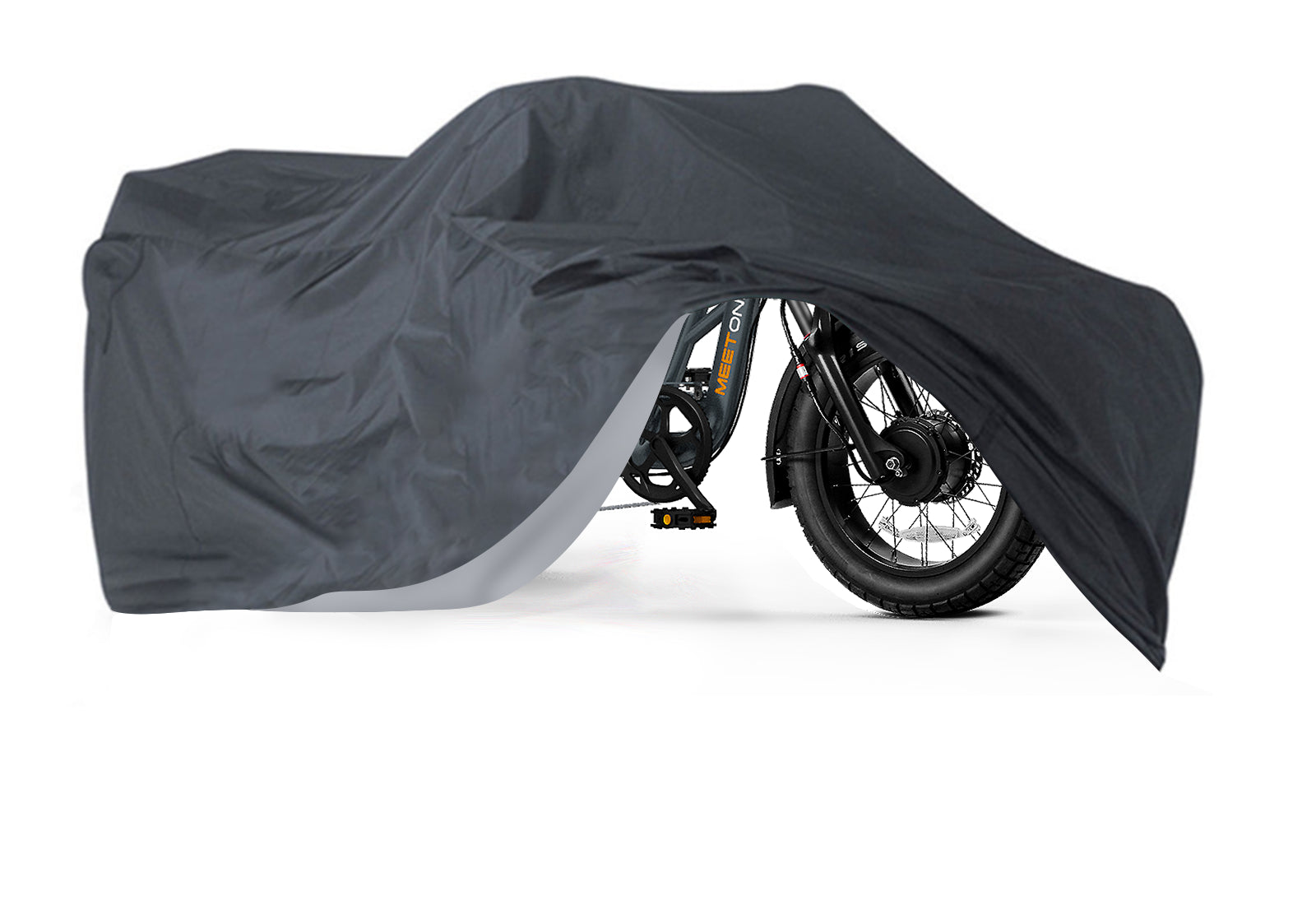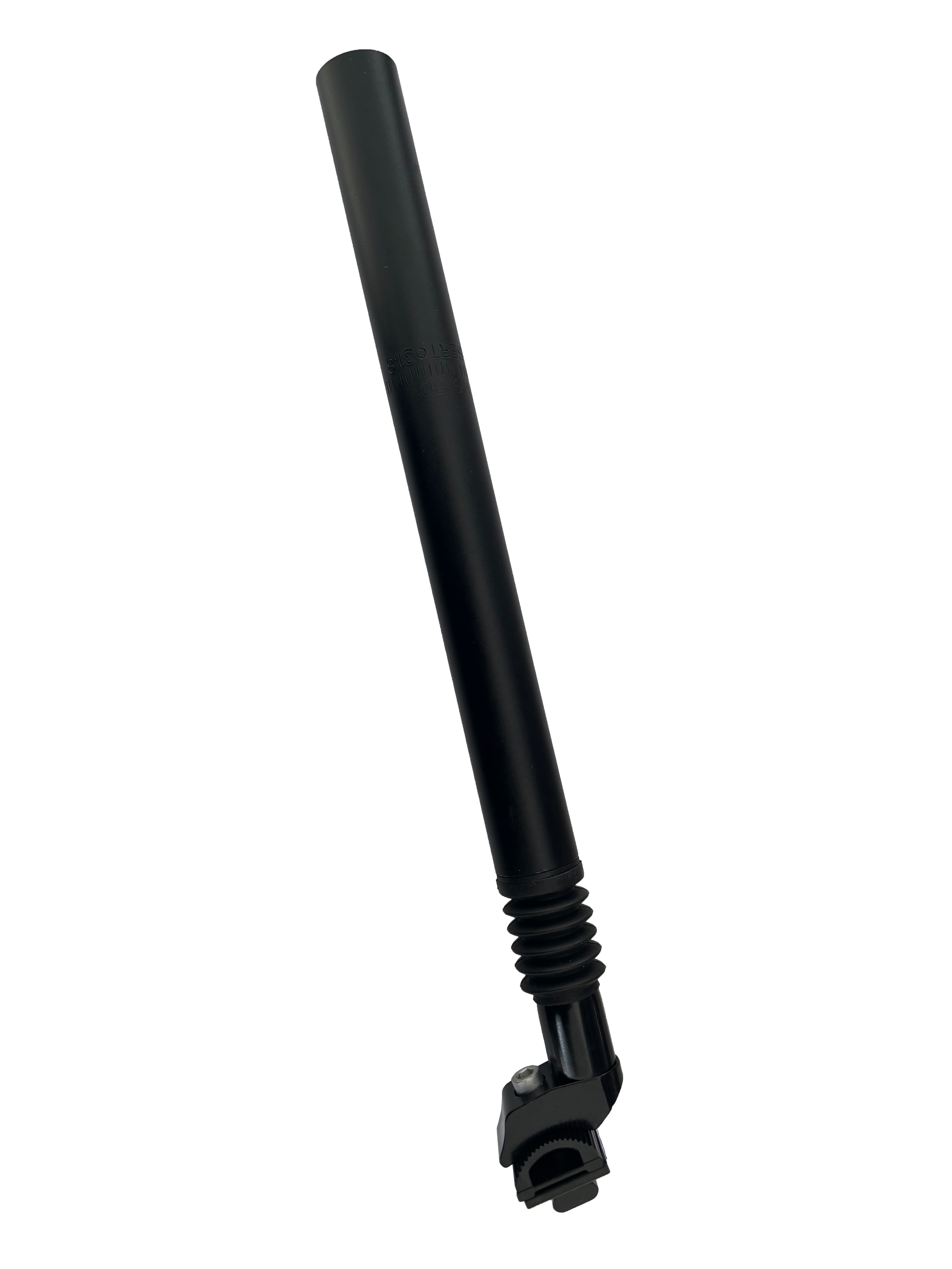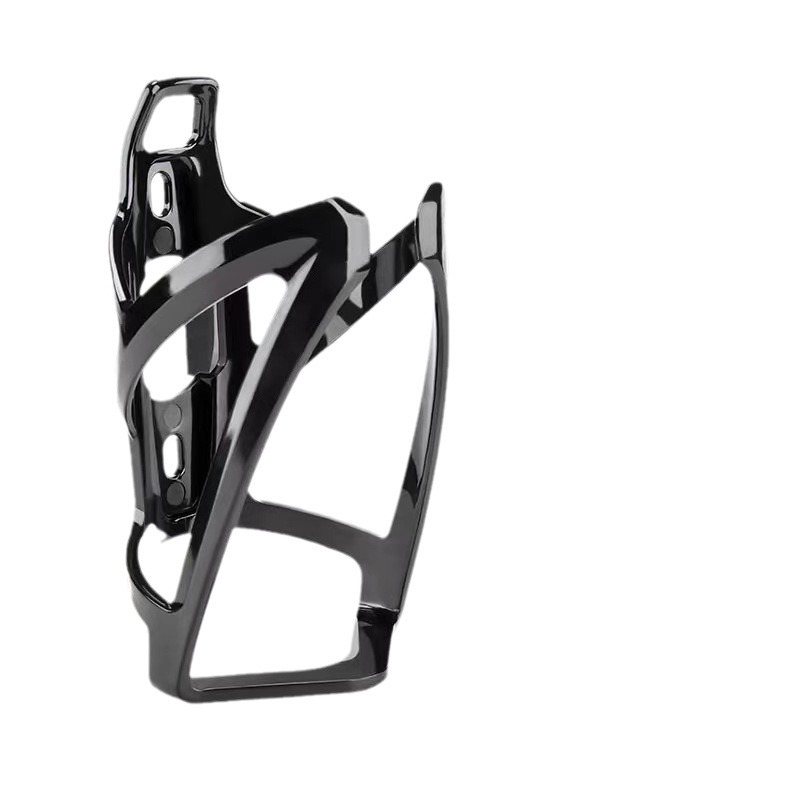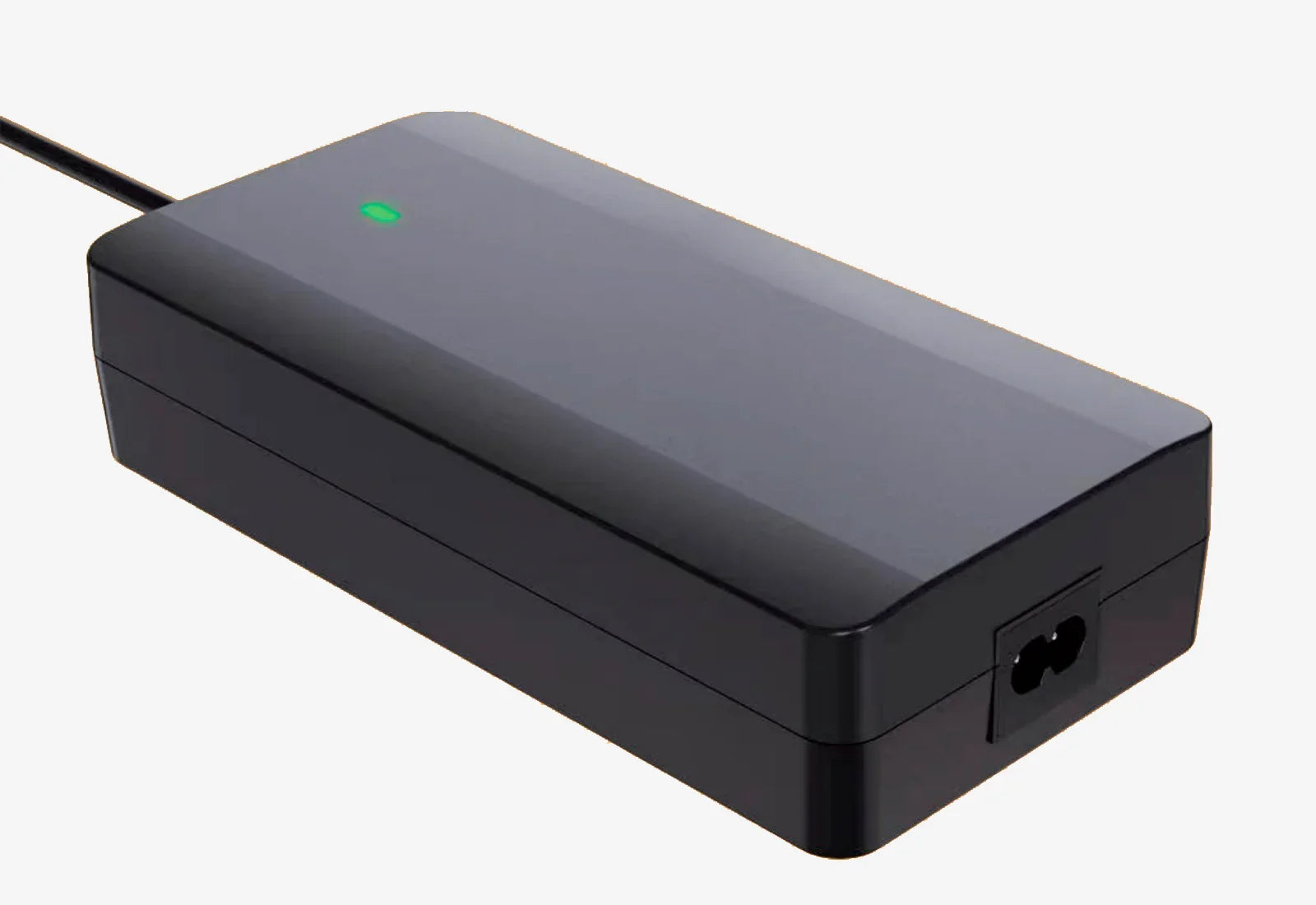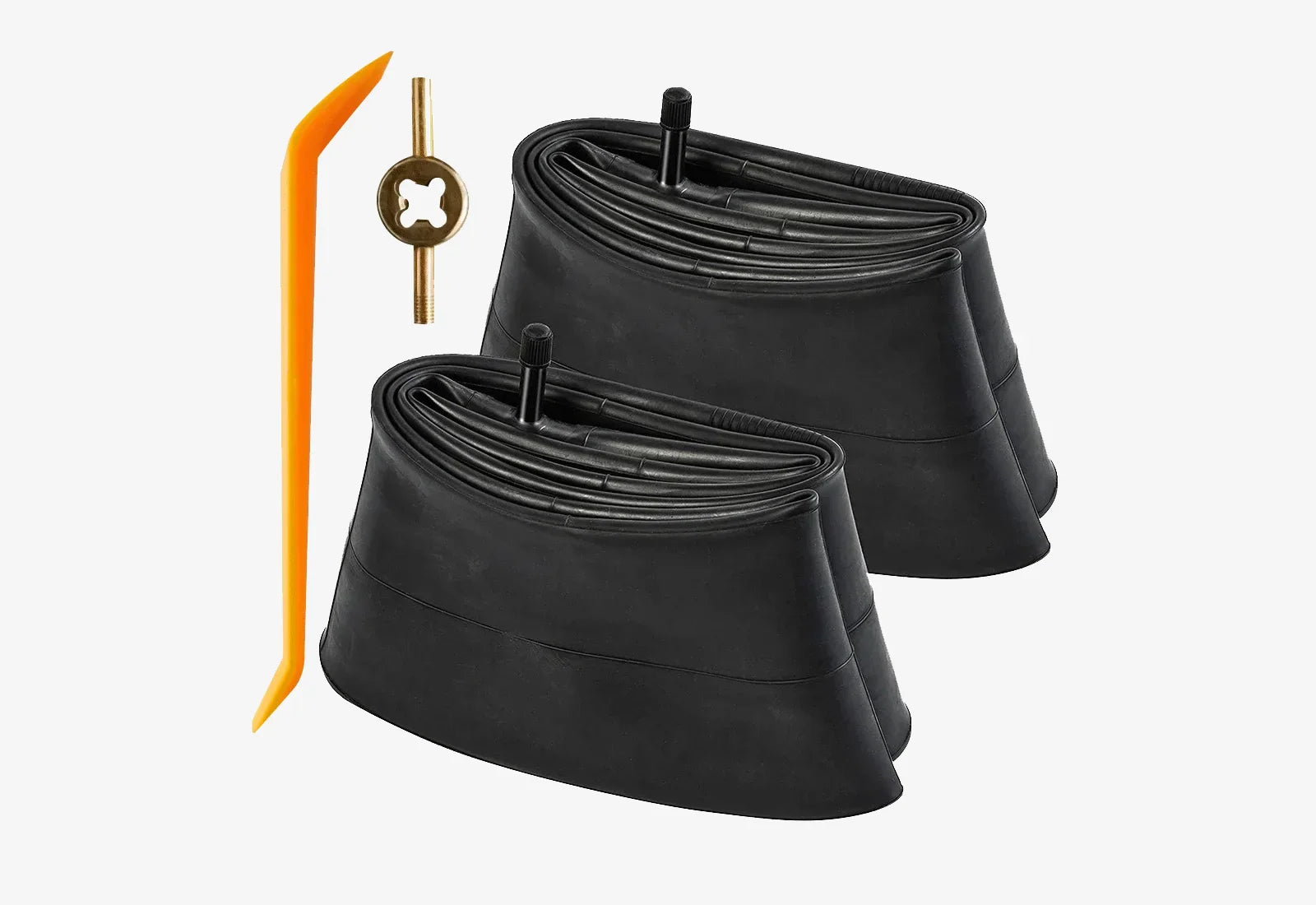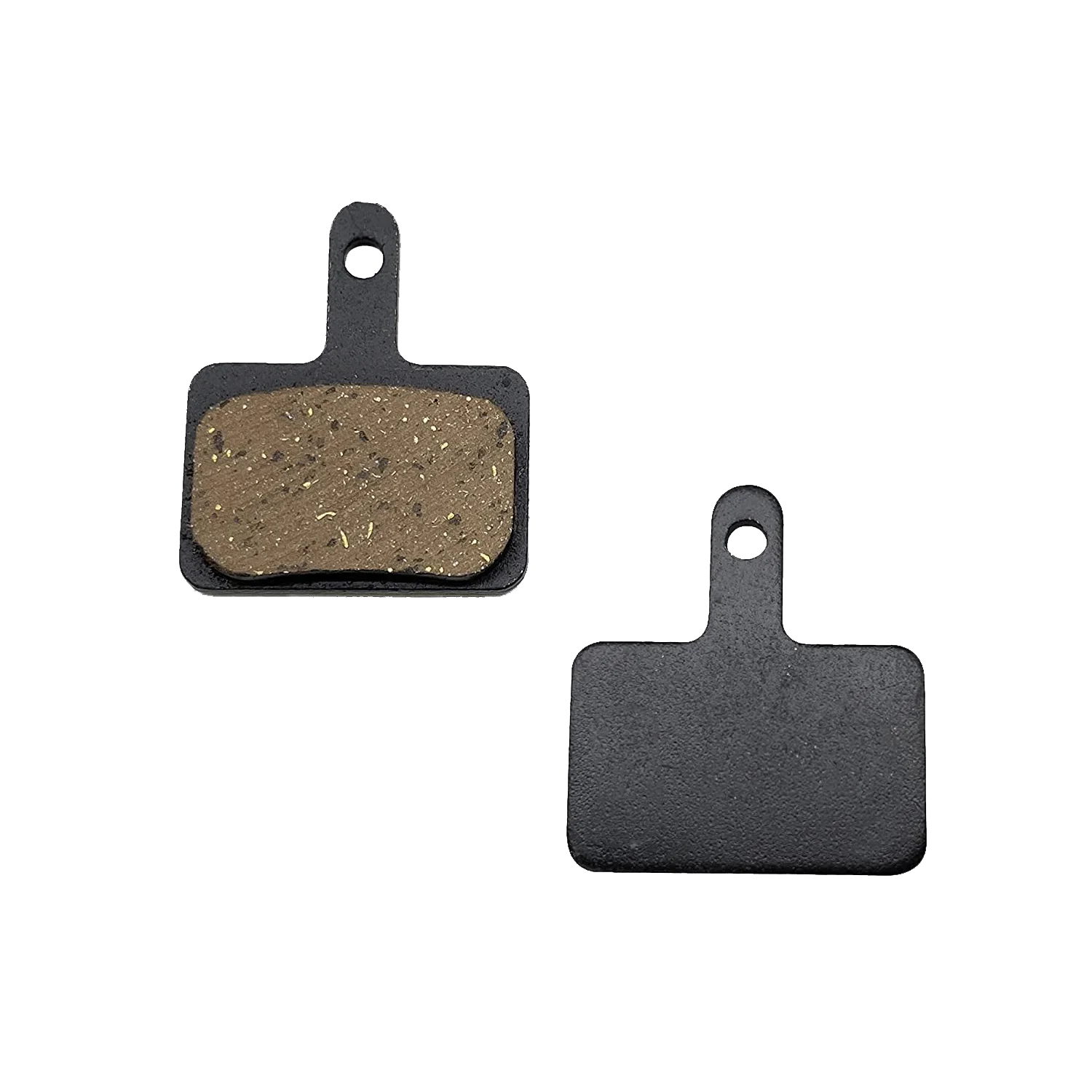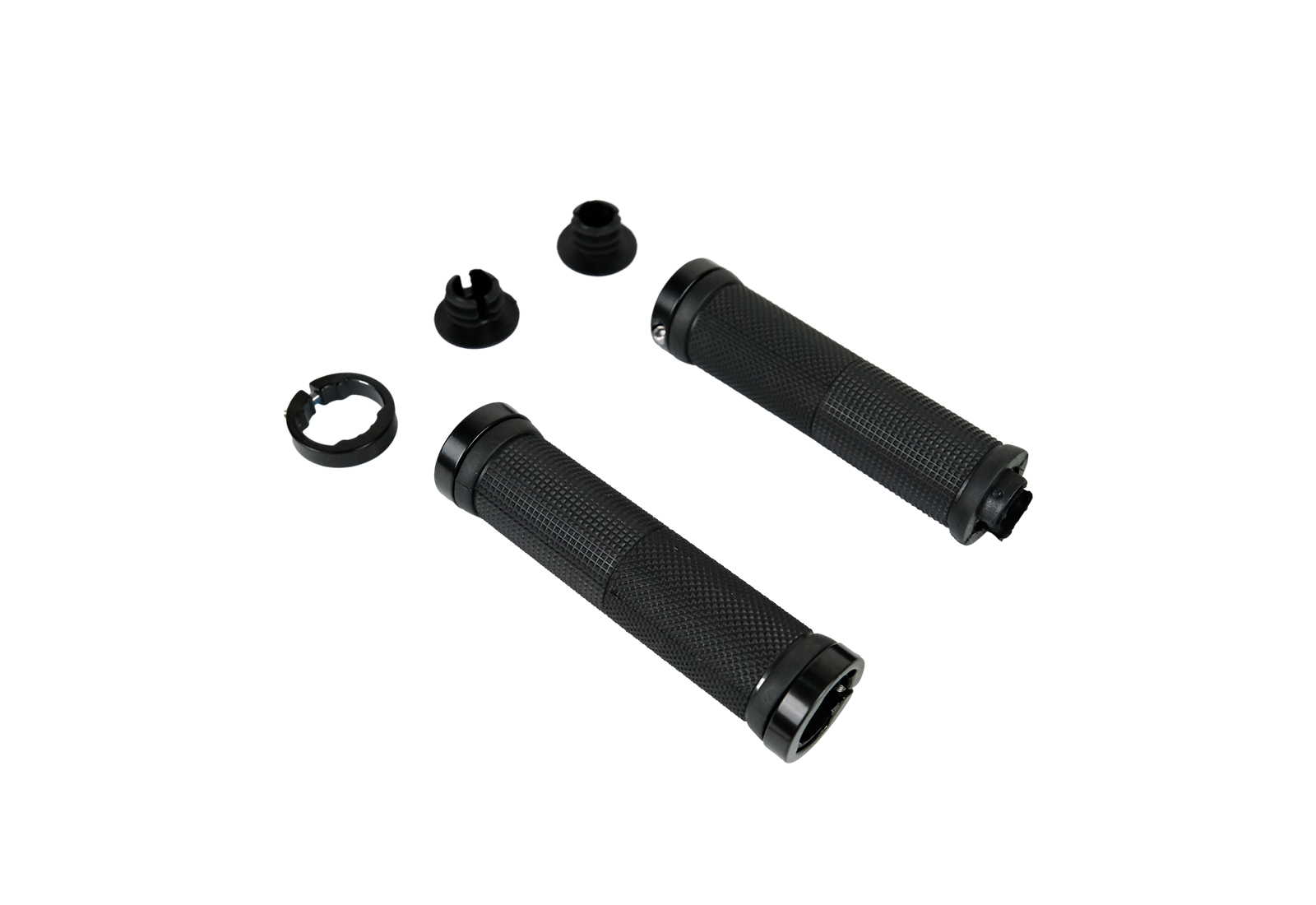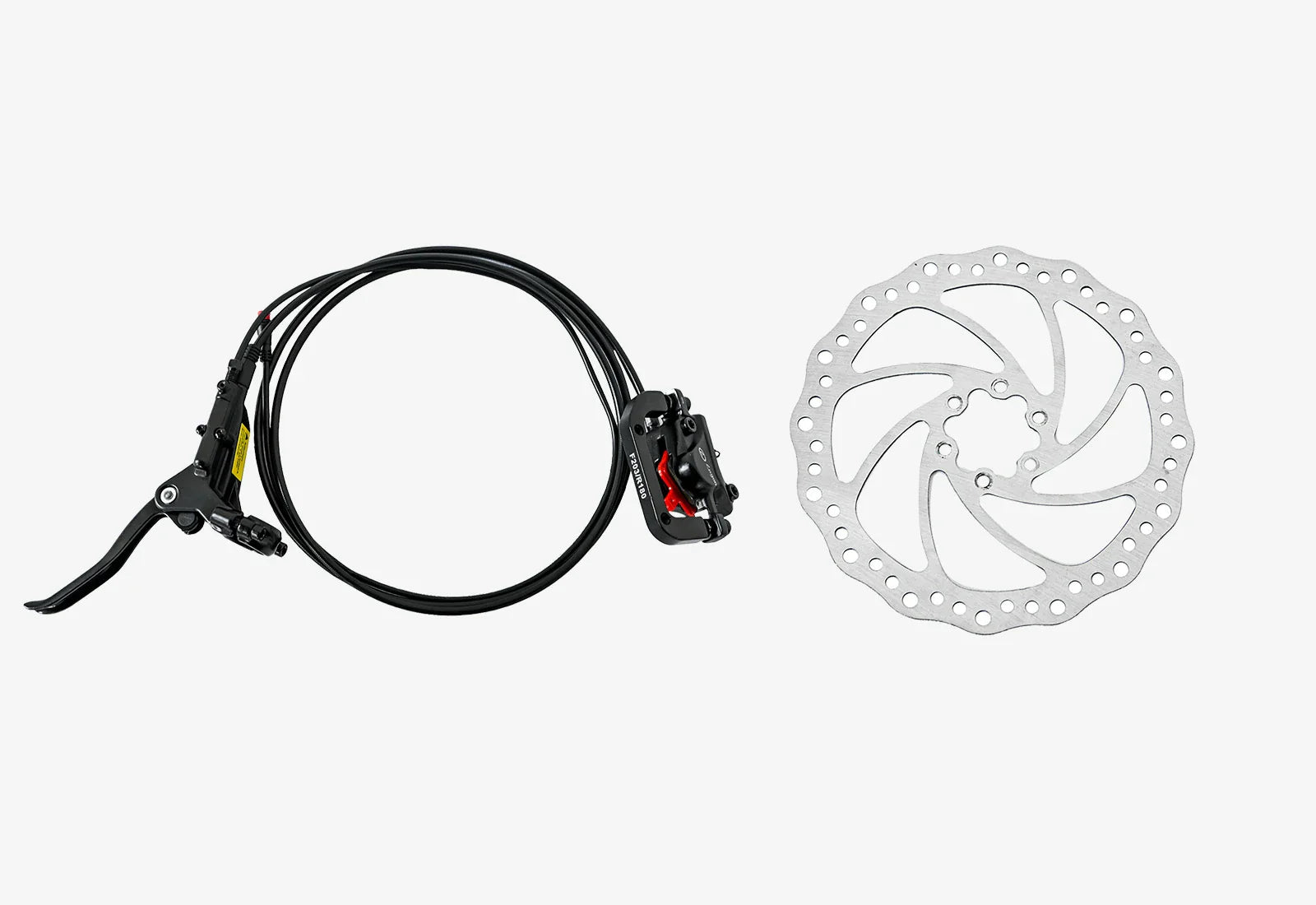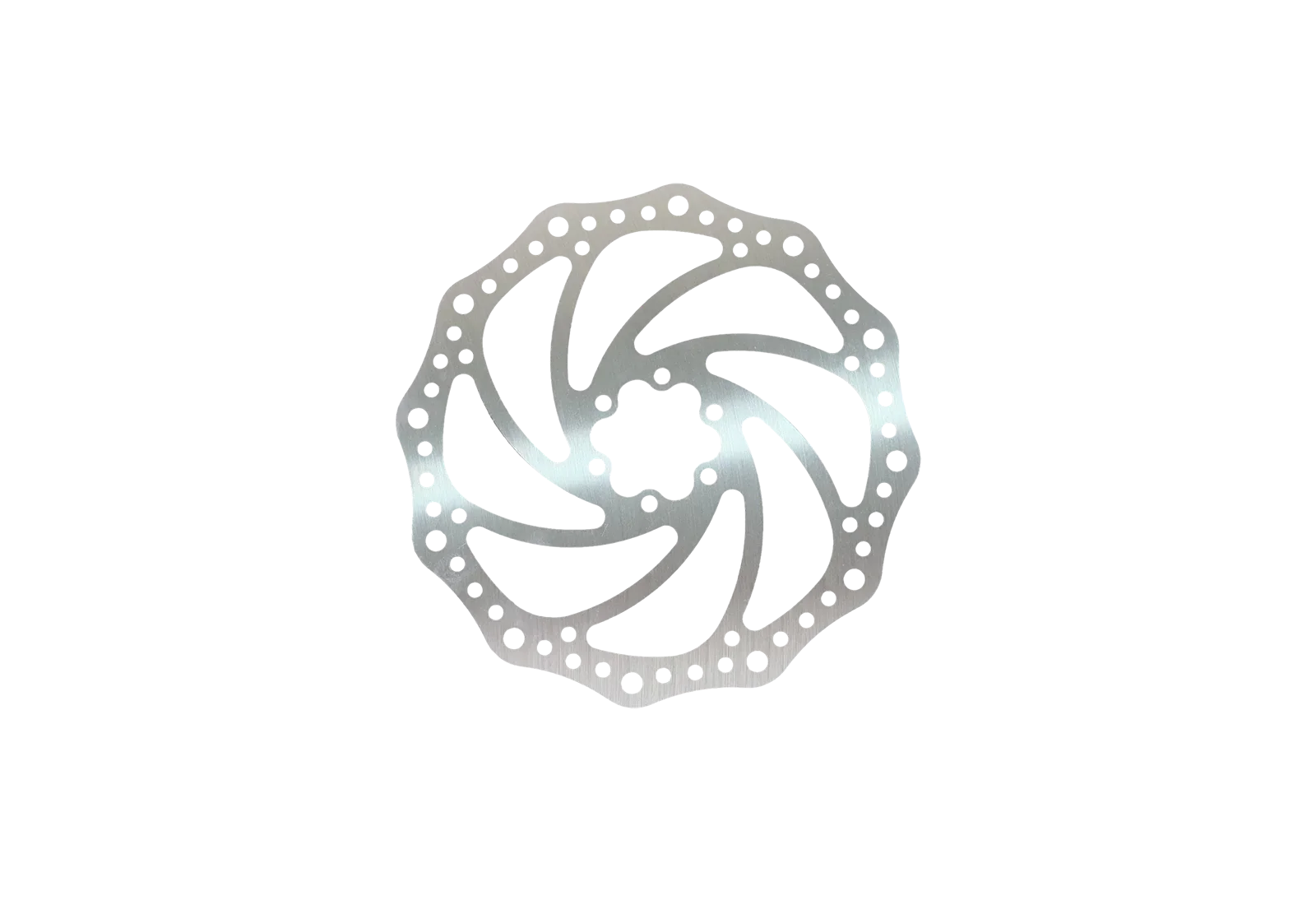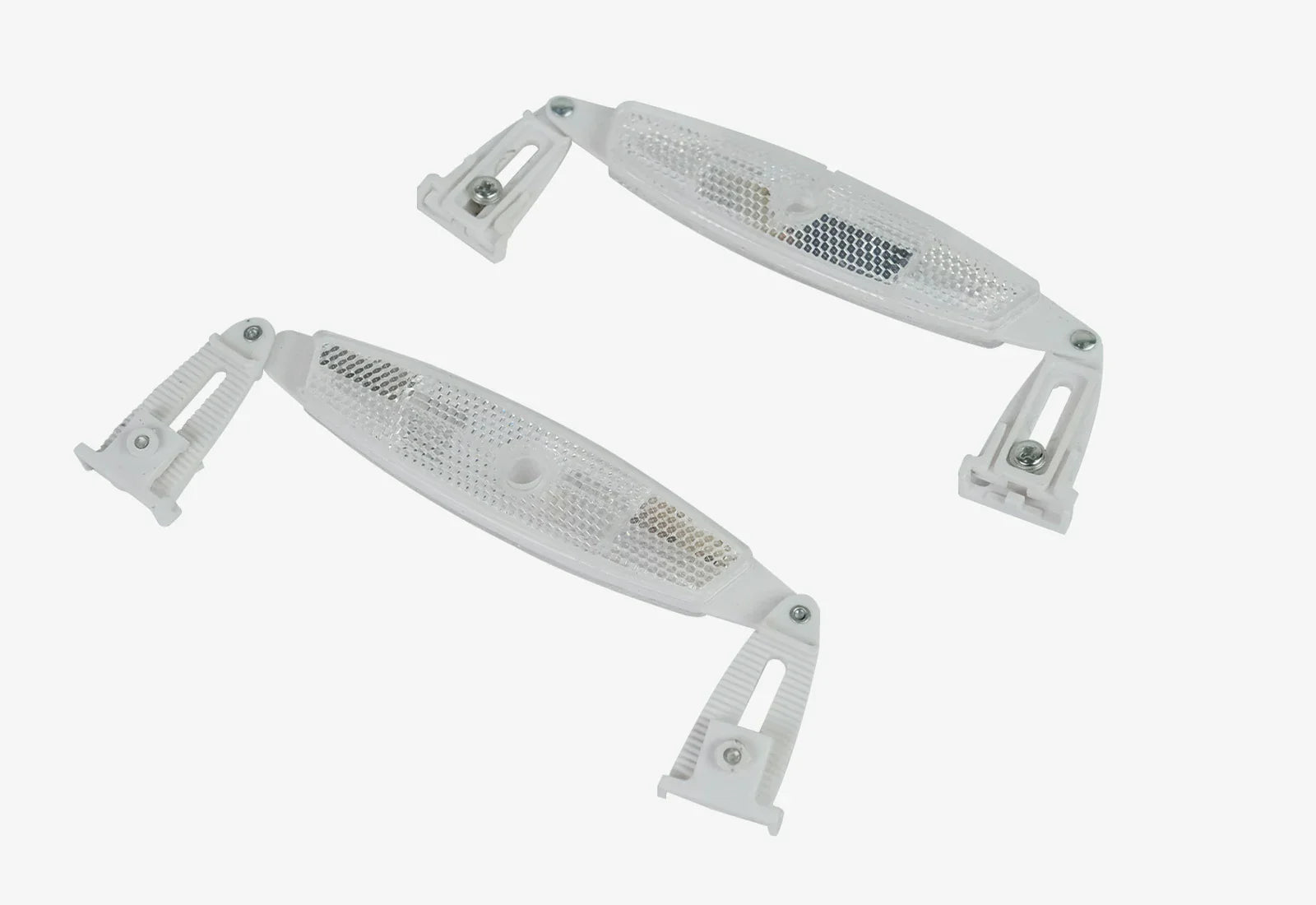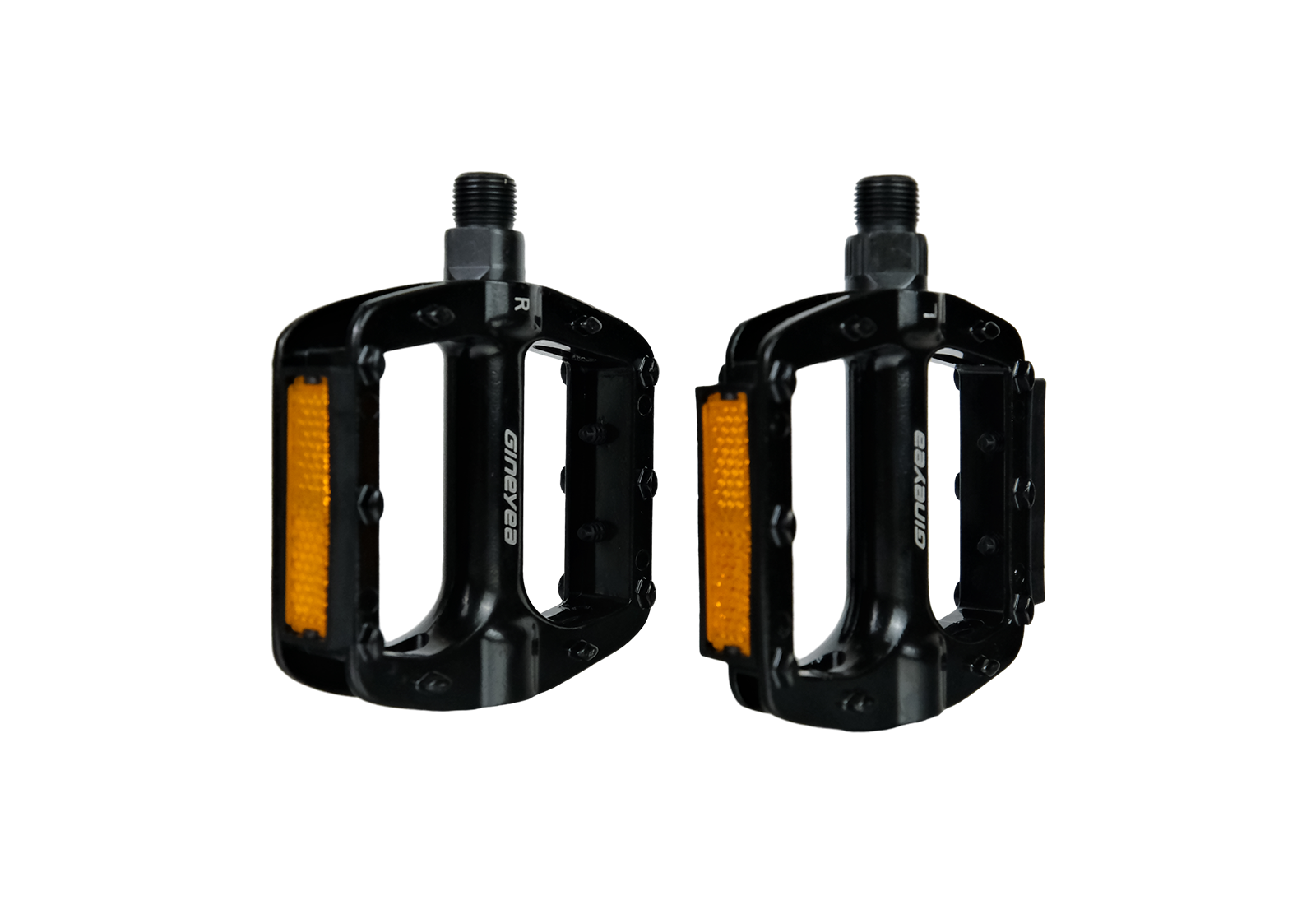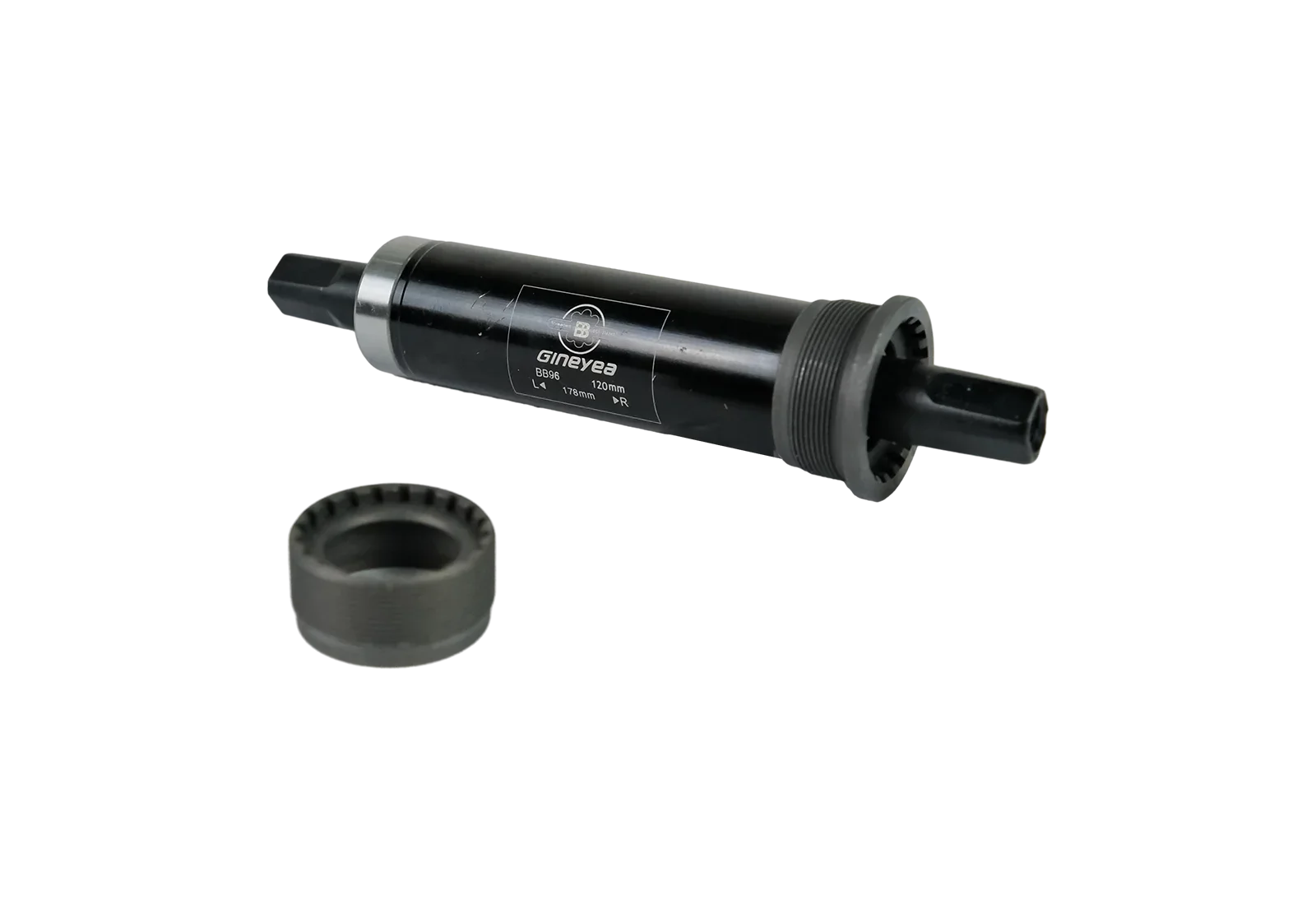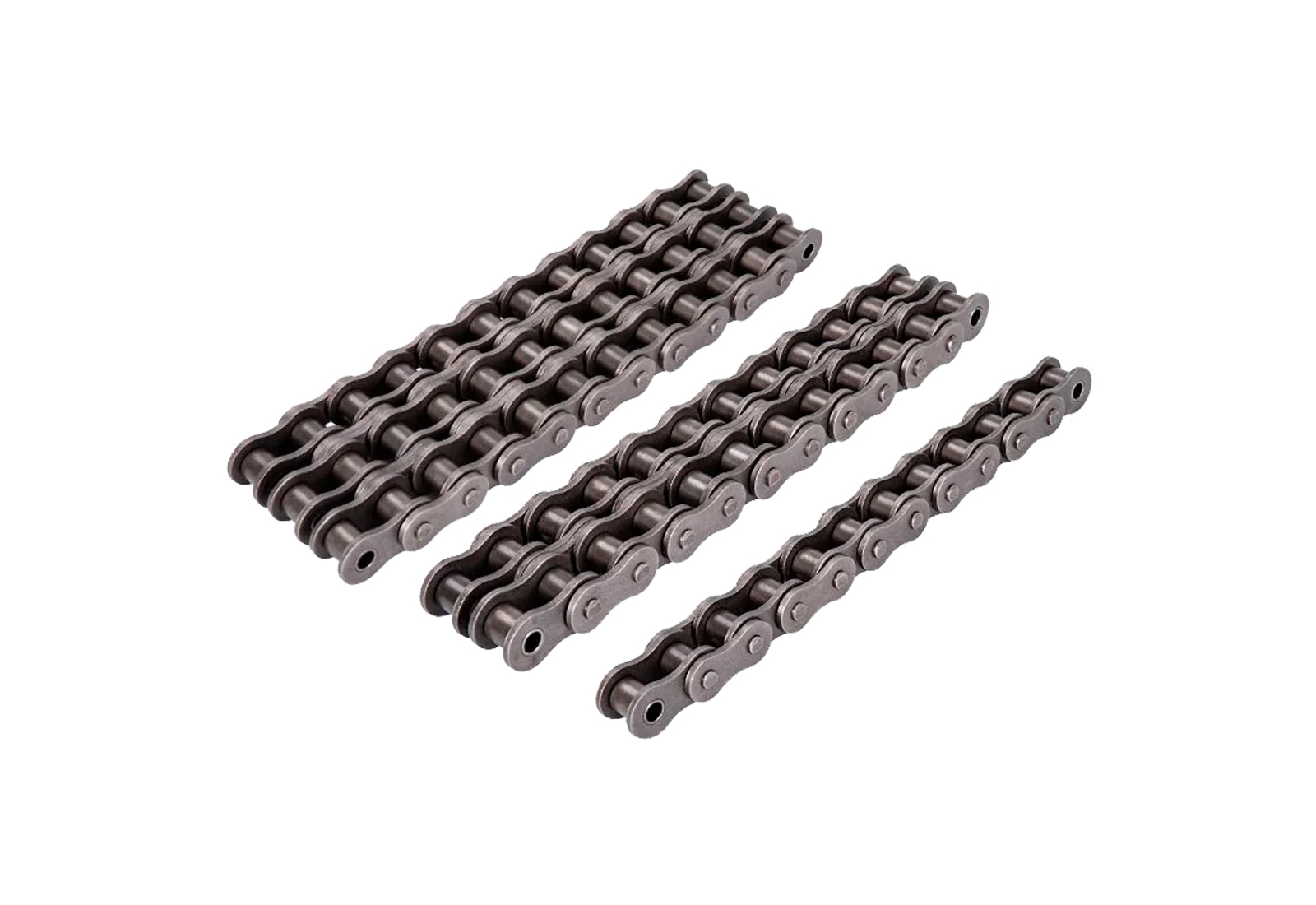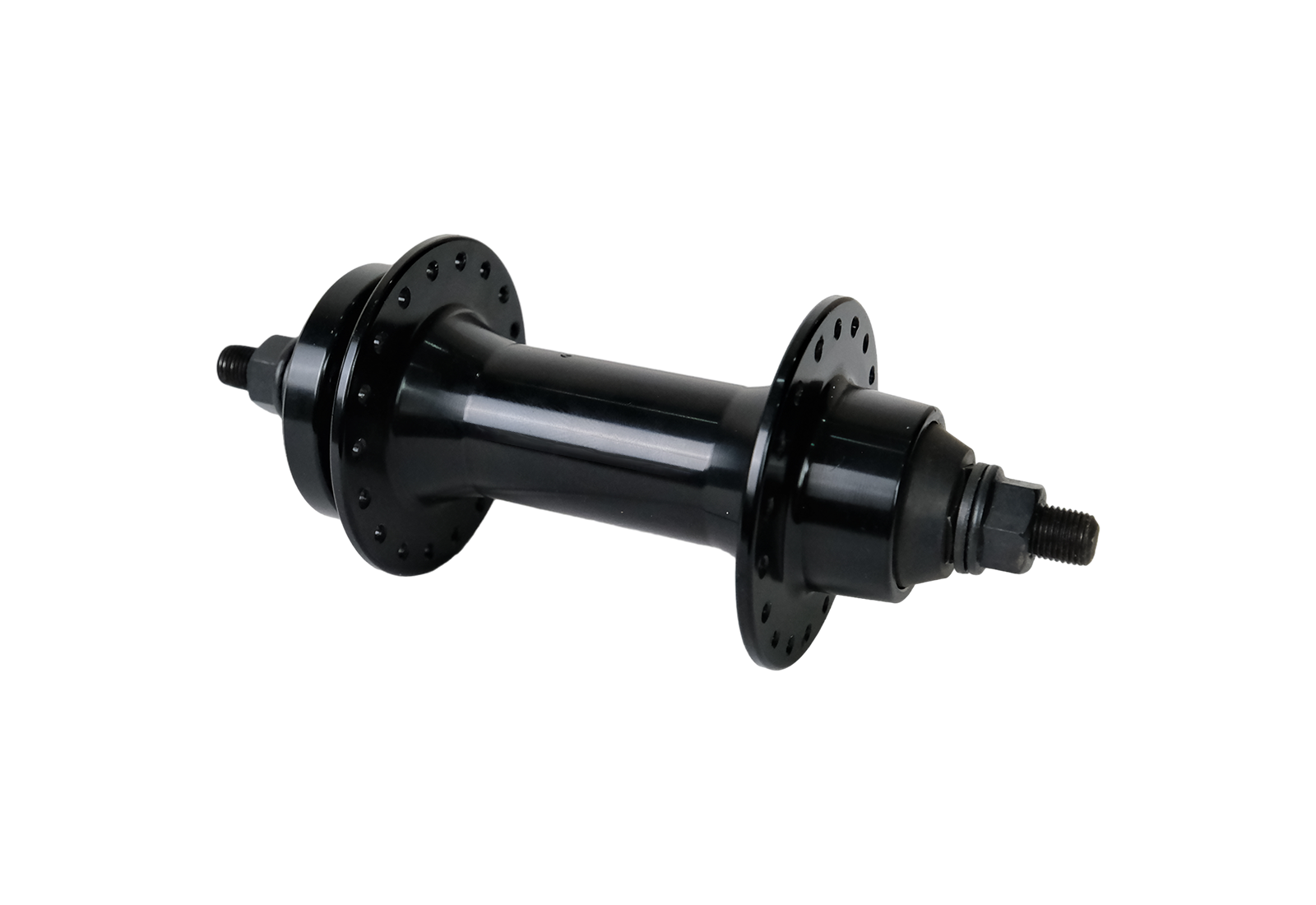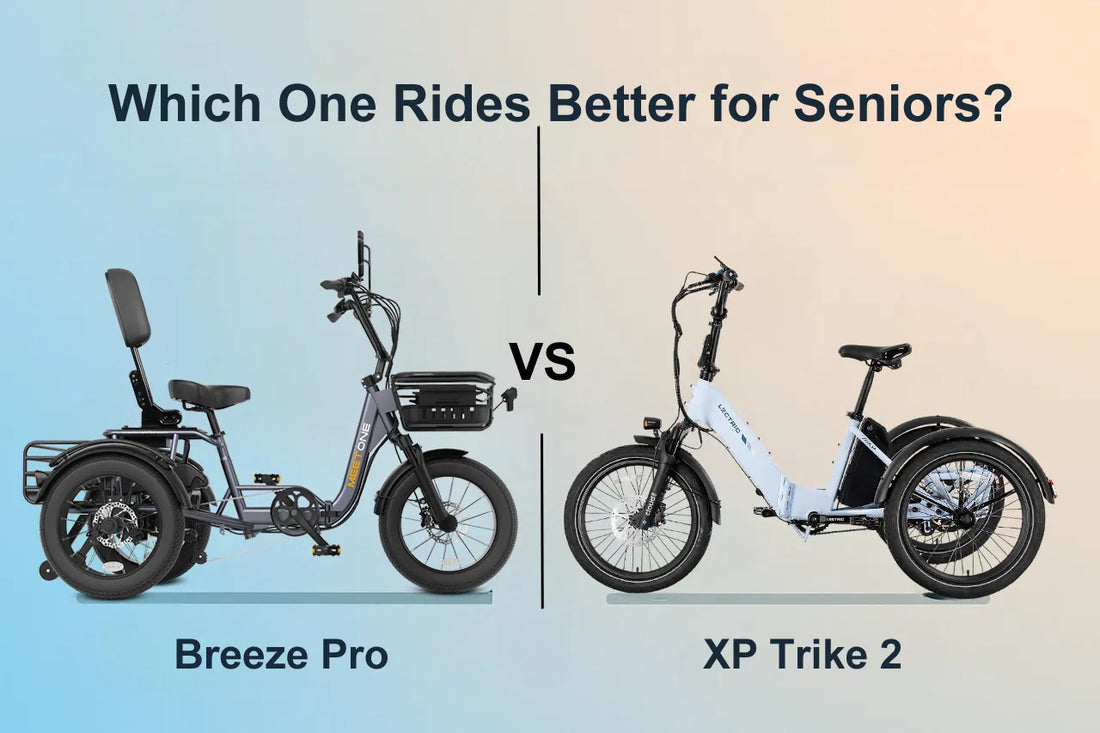
How does Meet One Breeze Pro Compare to XP Trike2 for Senior Riders?
Choosing the right electric trike as a senior—or for someone in your family who might be—isn’t just about top speed or flashy tech specs. It’s about comfort. It’s about safety. And most importantly, it’s about how that trike fits into your daily life, not just how it looks on paper.
In this post, we’re going to take a clear-eyed look at two popular models: the Meet One Breeze Pro and the Lectric XP Trike2 (750W version). They’re both thoughtfully built and well-known in the e-trike world, but they offer different strengths. Depending on your needs, one may be a better fit than the other.
Let’s walk through it.
Getting On and Off: A Subtle But Important Difference
Breeze Pro has a lower seating posture, but XP Trike2 has a lower step-through height at 13.5 inches.
For seniors, how easy it is to get on and off the trike can make or break the riding experience. While the Breeze Pro is known for its relaxed, semi-recumbent seating and a stable riding position, it actually has a higher standover height—15.7 inches—which means the step-over requires a bit more lift from the leg.
The XP Trike2, in contrast, has a lower standover height of 13.5 inches, making it technically easier to step across. This might be a better fit for riders who have limited hip flexibility or joint pain and need the absolute lowest entry point.
That said, once you're seated, the Breeze Pro tends to feel more natural for longer rides. Its lower seat height and backrest allow for a more comfortable posture.
Back Support and Riding Comfort
Breeze Pro offers better back support than XP Trike2, thanks to its frame-mounted backrest and lower seating position.
Let’s be honest—nobody wants to feel sore halfway through a ride, especially if you're using your trike to run errands, meet friends, or just enjoy the fresh air.
The Breeze Pro is designed with long-term comfort in mind. It features a wide, cushioned seat and a backrest that’s mounted directly to the frame. This setup provides firmer, more reliable support for the lower back, which can really make a difference on longer rides. It allows riders to lean back a bit, relax, and stay comfortable without constantly adjusting their posture.
The XP Trike2 includes a support seat with a padded backrest, along with a suspension seat post to help absorb bumps. However, its backrest is attached to the seat rather than the frame, so while it adds comfort, it may not offer the same level of structured support—especially for riders who deal with lower back pain or fatigue over time.
Power, Pedal Assist, and How It Feels to Ride
Both models use torque sensors, but Breeze Pro offers higher top speed and simpler 3-level assist controls.
Both trikes are equipped with a 750W rear hub motor and a torque sensor, which is a good thing. Compared to older systems that only respond to pedaling speed (cadence sensors), torque sensors respond to how hard you’re actually pedaling. It makes for a smoother, more natural ride.
The Breeze Pro keeps it simple with three pedal-assist levels and a half-twist throttle that’s easy on the wrist. Once unlocked, you can hit around 21.5 mph if you’re pedaling, and 16 mph on throttle alone. The power comes on steadily, and you feel in control.
The XP Trike2 offers five riding modes, which gives you more room to fine-tune. There’s even a slow-start feature that limits speed to 5 mph in the lower modes, which is helpful for first-time riders. Its top speed is 17 mph, which is plenty for most, though just a little shy of what Breeze Pro can do.
Range and Battery Flexibility
Breeze Pro supports dual batteries and offers longer real-world range than XP Trike2.
If you're someone who likes long rides, or just doesn’t want to worry about charging too often, range is key.
The Breeze Pro comes with a 48V 20Ah battery right out of the box, and it’s designed to handle an optional second battery. That means you can customize your setup and potentially ride up to 80 miles on a full charge if conditions are right.
The XP Trike2’s 17.5Ah battery gives a respectable 50 to 60 miles, which is still very usable for everyday errands and casual cruising. But it doesn’t support dual batteries, so what you get is what you’ve got.
For those who live a little farther from town, or just want peace of mind, that extra flexibility from the Breeze Pro might be worth considering.
Braking and Stability: Feeling Safe at Every Turn
Both models use hydraulic brakes, but Breeze Pro offers better stability due to longer frame and lower center of gravity.
No matter how comfortable or powerful a trike is, it also needs to feel safe—especially when you're riding downhill, carrying groceries, or navigating uneven paths.
Both the Breeze Pro and XP Trike2 are equipped with hydraulic disc brakes, offering reliable stopping power and smoother control compared to mechanical systems. For seniors or riders with reduced grip strength, this type of braking makes a noticeable difference—it requires less pressure at the levers, yet feels steady and responsive in all conditions.
Where the Breeze Pro pulls ahead is in its overall stability. The frame is slightly longer, the pedals are positioned farther forward, and the weight is more evenly distributed toward the rear wheels. Combined with its 4.0-inch fat tires and a lower center of gravity, the trike handles turns and bumps with confidence. It's heavier—about 132 lbs compared to XP Trike2's 86 lbs—but that added weight helps keep the ride grounded, not sluggish.
XP Trike2, being lighter, is easier to maneuver by hand and a bit more compact in tight storage spaces. But when it comes to riding stability and a planted feel on the road, the Breeze Pro has a clear edge—especially for those who value confidence over quick handling.
Portability and Daily Use
XP Trike2 is easier to lift and store, while Breeze Pro offers 7-speed gearing and reverse mode.
Both trikes are foldable and come with removable batteries, which makes charging and storage easier.
But if portability is a top concern, the XP Trike2 clearly has the edge. At around 86 lbs with battery, it’s significantly lighter than the Breeze Pro, which weighs about 132 lbs. That weight difference can really matter if you’re loading it into a vehicle, pushing it up a ramp, or trying to fit it into a tight garage.
On the other hand, the Breeze Pro offers more versatility once you’re riding. It comes with a 7-speed gear system, allowing for easier pedaling on hills or when riding without assist. The XP Trike2 uses a single-speed drivetrain, which simplifies maintenance but may feel limited on varied terrain.
It’s also worth noting that XP Trike2 doesn't include cargo baskets by default—you’ll need to purchase those separately.
Lastly, the Breeze Pro includes a reverse mode, which is especially useful when backing out of a parking spot or adjusting in tight spaces. XP Trike2 does not offer this feature.
Price, Value, and Final Thoughts
Breeze Pro offers more features at a lower price, including 7-speed gearing and back support.
In terms of pricing, the Breeze Pro starts at $1,649 for the single-battery version, while the XP Trike2 (750W) is priced at $1,799. The XP Trike2 is a single-speed trike with a lighter frame, while the Breeze Pro offers 7-speed gearing, dual-battery capability, a frame-mounted backrest, and more cargo-friendly features built in.
Both trikes offer good value for different types of riders. But if you’re looking for something that’s easier to get on, more supportive for your back, and better equipped for longer or more versatile rides, the Breeze Pro covers more ground—especially for seniors.
The XP Trike2 still has its place. It’s a well-designed trike for those who want a lighter build and a more traditional riding feel. But if comfort, control, and long-term confidence are at the top of your list, the Breeze Pro is hard to overlook.
Breeze Pro vs XP Trike2 Comparison
| Feature | Breeze Pro | XP Trike2 (750W) |
|---|---|---|
| Motor Power | 750W Rear Hub | 750W Rear Hub |
| Torque Sensor | Yes | Yes |
| Top Speed (Pedal Assist) | 21.5 mph (unlocked) | 17 mph |
| Top Speed (Throttle) | 16 mph | 17 mph |
| Battery Capacity | 48V 20Ah (dual battery optional) | 48V 17.5Ah |
| Dual Battery Support | Yes | No |
| Range | Up to 80 miles | 50–60 miles |
| Gearing | 7-speed | Single-speed |
| Brakes | Hydraulic Disc (3 wheels) | Hydraulic Disc |
| Reverse Mode | Yes | No |
| Weight | 132 lbs | 86 lbs |
| Weight Capacity | 450 lbs | 415 lbs (est.) |
| Standover Height | 15.7 inches | 13.5 inches |
| Backrest Type | Frame-mounted backrest | Seat-mounted support |
| Foldable Frame | Yes | Yes |
